Lizards
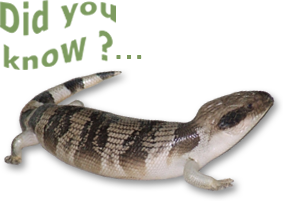
Blue-tongue lizard has the ability to drop their tail to escape a predator!
The stump will eventually heal and regenerate as long as the lizard has a steady supply of food. If unable to get stable food source the tail will not generate and the lizard will die.
Lizards belong to the largest reptilian order, the Squamata, which also includes all snakes and worm lizards. Members from this group are known to be expert burrowers, runners, swimmers and climbers. Some are able to move from one point to another by gliding using their rib supported wings, a typical example of these species are the arboreal lizards or commonly known as the flying dragons. Most lizards are carnivores, feeding on invertebrate and small vertebrate prey, while others feed on vegetation.
The Park has a number of lizards in their care. Visit the links below to know more about these animals.
 |
 |
 |
 |
 |
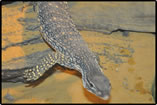 |
 |
 |
 |
 |
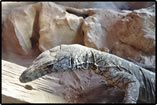 |
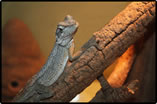 |
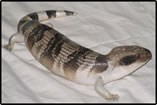 |






